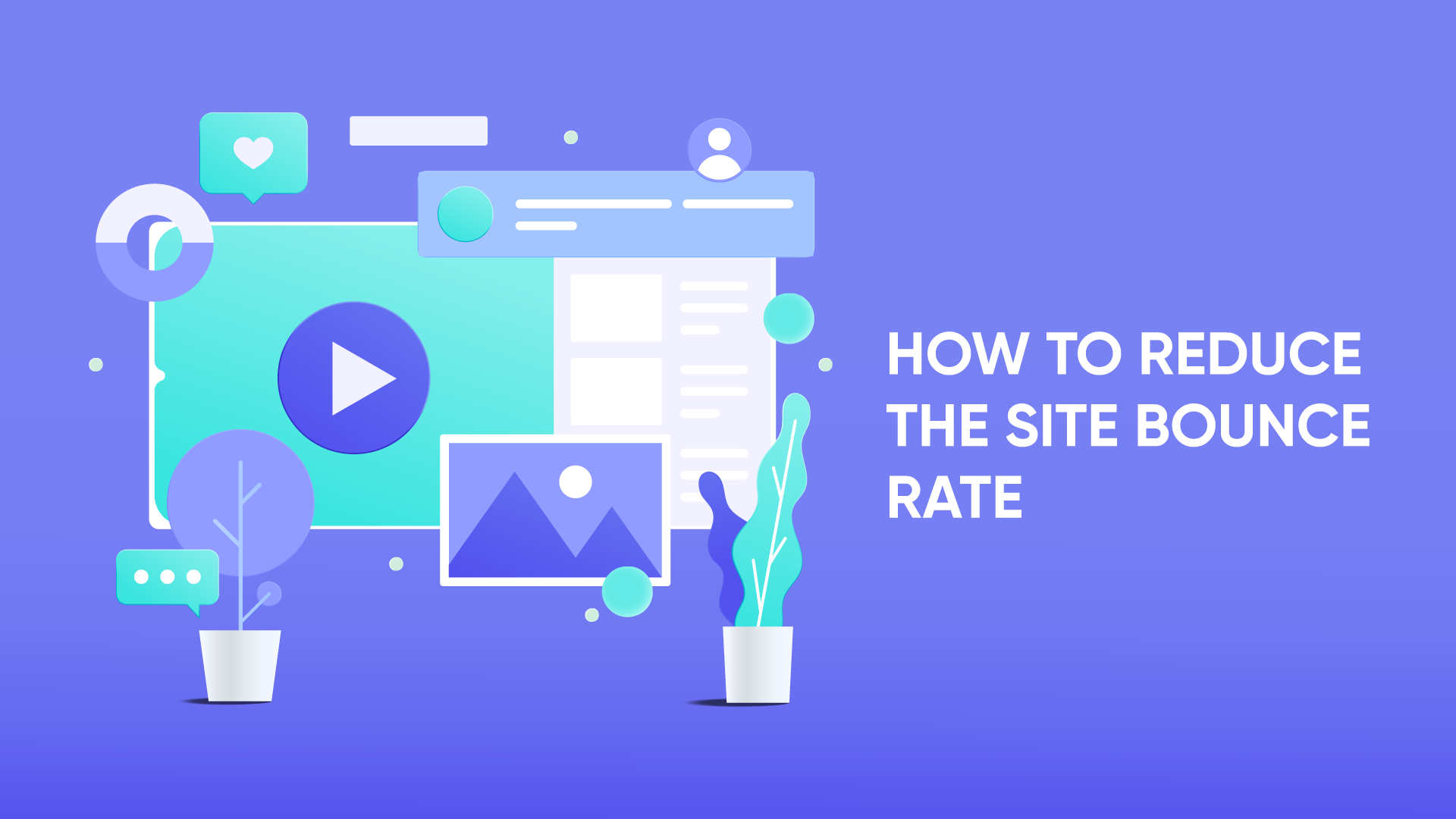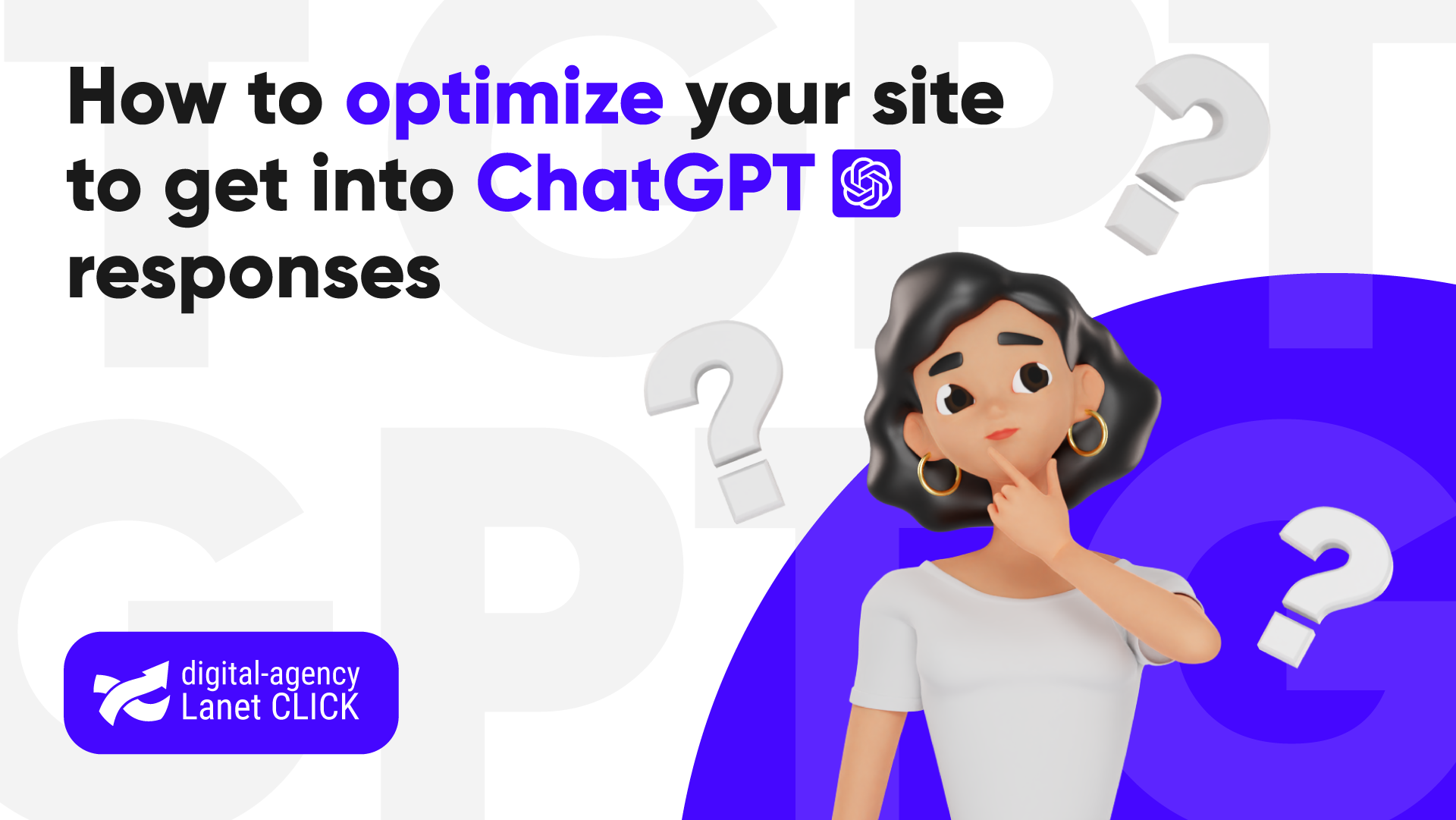
Competitor link analysis: step-by-step instructions
For a site to rank high in search results, it is important to work not only with content and technical […]


A company or brand website is a powerful and important tool for growing your business. And for the site to bring benefits and give visible results, you need to improve it and work on optimization and usability. This channel requires a lot of effort, time, and a professional approach.
In general, everyone is engaged in SEO promotion, namely, collecting the semantic core, linking, working with meta tags and texts, and eliminating duplicates. After all, the position of the resource in Google search results depends on it. However, despite all this, site owners often neglect such an important parameter as the bounce rate. It is better not to forget about it, and we will now tell you why.
Bounce rate is the ratio of the number of site visitors who left the resource after viewing the first page and the total number of visitors. That is, these are those people who have not visited more than one page on your site.
Several main technical reasons are considered a failure:
This parameter will have different values for different search engines. In Google Analytics, this indicator is one of the most incomprehensible for SEO specialists and analysts. It is measured in percentages and provides information on the number of visits when users leave the site after viewing the landing page. In Google Help, a session is considered a failure if the user has made only one request to the Google Analytics server. The average bounce rate is calculated as a percentage of the total number of sessions for a certain period.
The higher the bounce rate, the lower your site will be in search results. It directly indicates that the resource is not interesting to the audience and does not meet the visitors’ requests.
However, if you dig deeper and analyze, for example, a site with services or a one-page resource, you can draw an opposite conclusion. After all, high failure rates are characteristic of such projects. They will indicate that the user has found the necessary information based on his request.
But for all other sites, you need to work on reducing this parameter because it negatively affects conversions, CTR, and, in general, the user experience of visiting the resource.
For companies that regularly analyze the effectiveness of their channels, we will look at several possible ways to reduce the bounce rate indicator. What do you need to do for this?
The first and quite obvious method is to work on the speed of loading pages of a web resource. Users will not wait more than 2-3 seconds until they receive the necessary information. Especially, when the system offered them dozens of resources in a search engine. If the site takes too long to load, they will leave it and try to open another one.
So when you notice an increase in bounce rate, pay attention to the Behavior — Site Load Speed — Page Load Time report. Compare bounce rate results and average page load time. At this stage, you can determine whether the site’s speed was the reason for the increase in the bounce rate.
It is also usability. That is the convenience of using your site. It may seem to you that the resource is as comfortable and understandable as possible. However, the situation may be different for users. Use Google Analytics to check the usability of your website. In the report, look for a link map and statistics of visitor interactions with the page. And there, you can also find out what part of the page users see without scrolling. Use all this to understand which elements are redundant and missing, and then analyze what leads to the site closure.
An outdated website design can scare away visitors. Therefore, do not spare time and effort to work on the style of your resource. After all, this is your business card. Large companies improve their site design every few years. Because trends change: something goes out of fashion, and something becomes a TOP trend. Some might argue that this is the last thing you should worry about. But do not forget that users dictate the terms. And their opinion automatically determines the effectiveness of your resource.
Today, most people surf the Internet using various devices: smartphones or tablets. And if your site doesn’t display correctly on such devices, you risk losing valuable traffic. Make sure that your web resource flies on mobile devices.
Go to Google Analytics and view the results for traffic and conversions. Determine what types of devices your users prefer, and adapt your site based on that data. Using the Google Mobile-Friendly Test, check the resources for adaptability and correct display of each page.
It is another point that is easy to forget when the site has a complex multi-page structure. Track the relevance of information in each article or section. It especially applies to pages to which advertising leads. Don’t forget to add the publication date of the material. After all, the user needs to know and understand that this information is new or updated.
Along with this, check whether your pages are relevant to search queries, i.e., the keywords that help your site rank. Optimizing and using keywords is always a good thing. However, when you cheat and add keywords that are not relevant to the article topic, the bounce rate will increase.
Don’t overload the site with ads and pop-ups constantly appearing on top or on the side. It annoys visitors and scares them away. Often, users leave the website due to an excessive number of advertising banners and windows that block the page or do not allow them to focus on the information they were looking for.
However, you don’t need to disable pop-ups. You can set a timer so that they appear after some time or opening the site. Or such a window may pop up when the visitor hovers over the close button. That is, use a method that will not be so intrusive for people.
30% of users search for information on the site. Make this search convenient for them. It will positively affect the conversion and reduce the bounce rate. According to research by Econsultancy, only 15% of companies work on internal search optimization, and 42% of them do not do it at all. You choose which category to join.
Another effective way to reduce the bounce rate is to adjust it. To do this, you need to calculate the time spent by the user on the page. Then you have to change the Google Analytics code that handles this event.
This option is suitable for news sites, blogs, one-page resources, and landing pages when visitors find the information they need on the first page and do not go to other sections.
It all depends on the topic of the resource. Here, for example, are approximate numbers for several types of sites that can be associated with a good bounce rate:
These are indicators that you can focus on. However, it’s better to monitor your website performance and check the bounce rates for different pages. Be careful even when the rate is low. The reason may be a technical error:
The bounce rate with the ability to analyze data allows you to get information about your site’s problem areas quickly. And with this data, you can learn more about your audience’s behavior. Don’t forget that a high bounce rate is not always bad. You can read more about this in Google Help. However, a sharp drop or rise should be analyzed immediately.

For a site to rank high in search results, it is important to work not only with content and technical […]

Artificial intelligence has already changed the rules of the game in search engines. Users are increasingly turning to ChatGPT and […]

Successful website operation starts not with design or content, but with choosing a hosting. It is the technical foundation that […]
A good strategy, perfectly selected digital tools, and their effective application will allow the business to increase profits, grow the customer base, and form recognition and loyalty. Do you want something like that? Contact us.
You have taken the first step towards effective online marketing. Our managers will contact you and consult you soon.